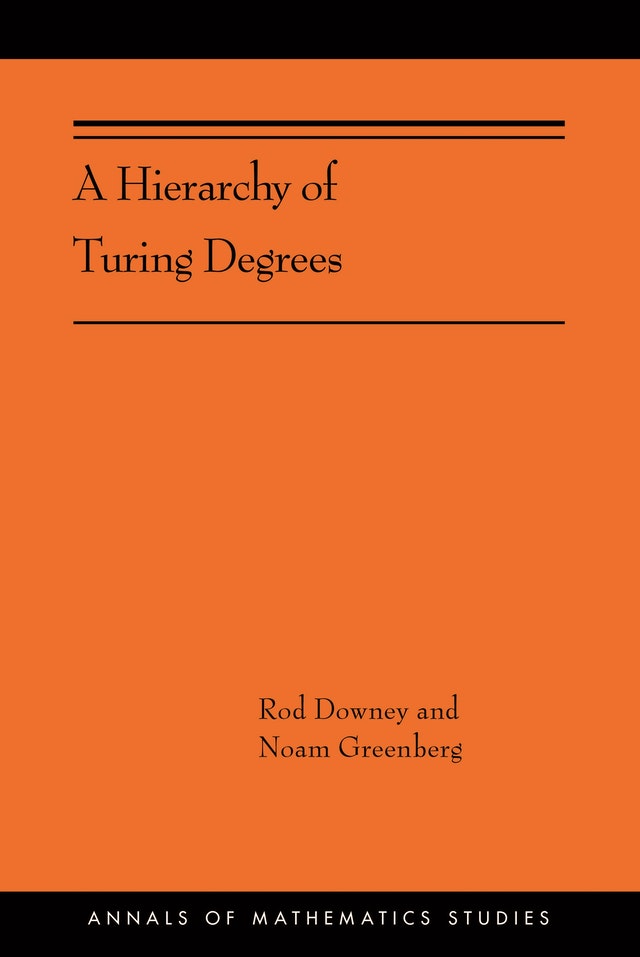Research
Published 10 September 2020A Hierarchy of Turing Degrees

Rod Downey and Noam Greenberg's new publication, 'A Hierarchy of Turing Degrees', based on their Marsden Fund research, is the first book by New Zealand authors to be published in the highly prestigious 'Annals of Mathematics Studies' series
Computability theory is a branch of mathematical logic and computer science that has become increasingly relevant in recent years. The field has developed growing connections in diverse areas of mathematics, with applications in topology, group theory, and other subfields.
In A Hierarchy of Turing Degrees, Rod Downey and Noam Greenberg introduce a new hierarchy that allows them to classify the combinatorics of constructions from many areas of computability theory, including algorithmic randomness, Turing degrees, effectively closed sets, and effective structure theory. This unifying hierarchy gives rise to new natural definability results for Turing degree classes, demonstrating how dynamic constructions become reflected in definability. Downey and Greenberg present numerous construction techniques involving high-level nonuniform arguments, and their self-contained work is appropriate for graduate students and researchers.
Blending traditional and modern research results in computability theory, A Hierarchy of Turing Degrees establishes novel directions in the field.
Rod Downey and Noam Greenberg are Professors of Mathematics at Victoria University of Wellington in New Zealand. Downey is the coauthor of Parameterized Complexity, Algorithmic Randomness and Complexity, and Fundamentals of Parameterized Complexity. Greenberg is the author of The Role of True Finiteness in the Admissible Recursively Enumerable Degrees.
Additional information: Princeton University Press
RESEARCHER
Professor Rod Downey and Professor Noam Greenberg
ORGANISATION
Victoria University of Wellington
FUNDING SUPPORT
Marsden Fund
CONTRACT OR PROJECT ID
VUW1617: 'The Mathematics of Computation’' and VUW1712 'Uncountable structures and effective properties’
